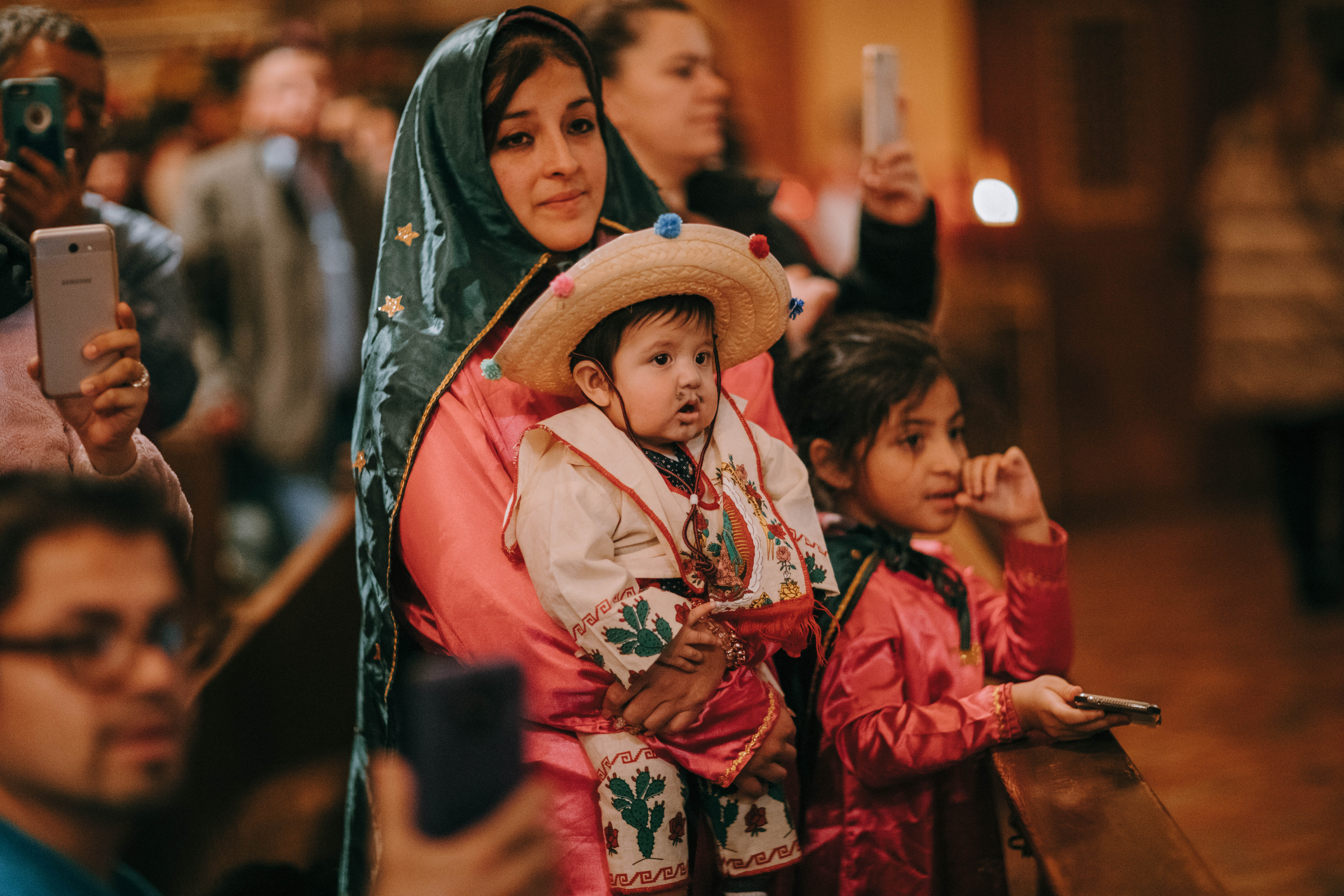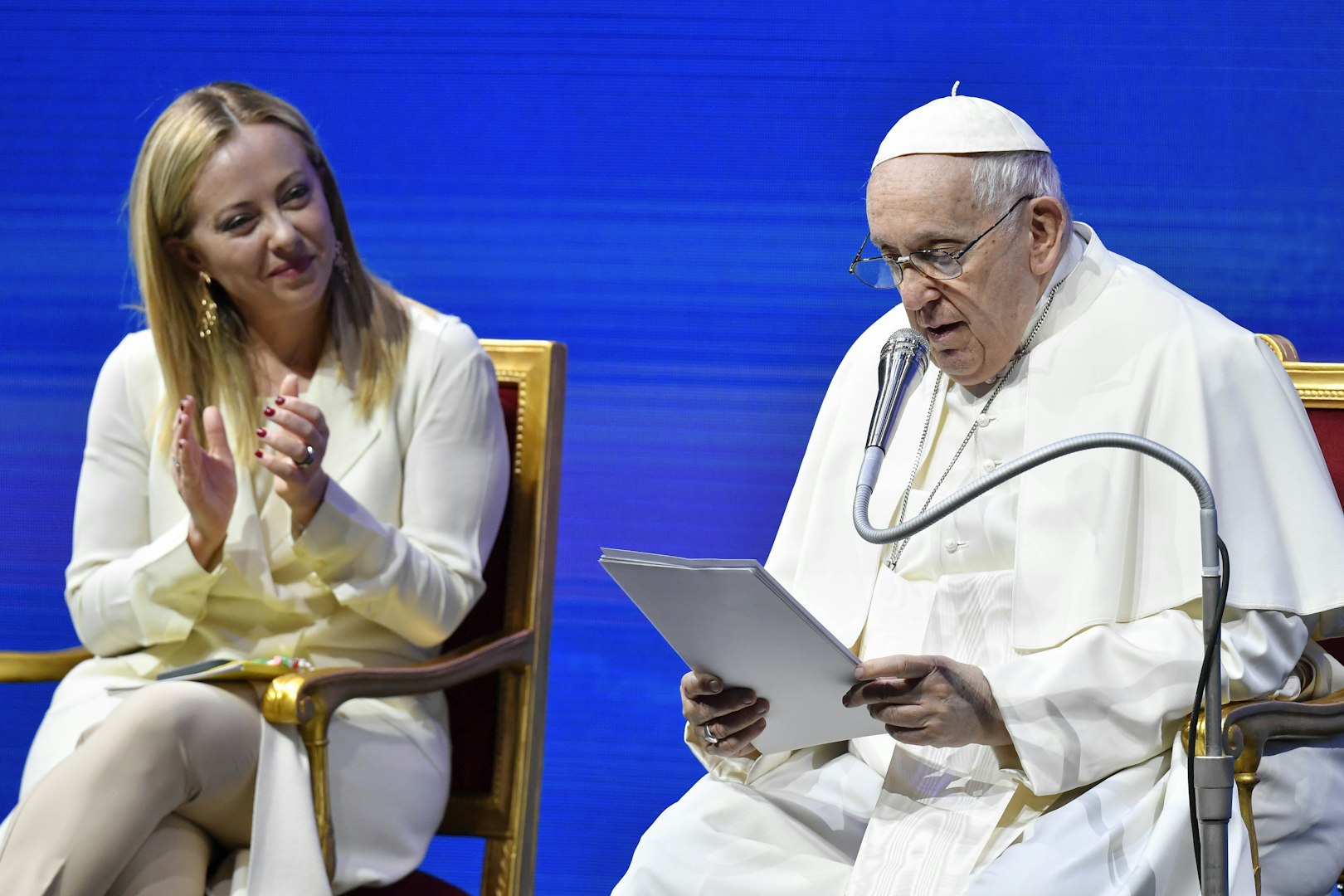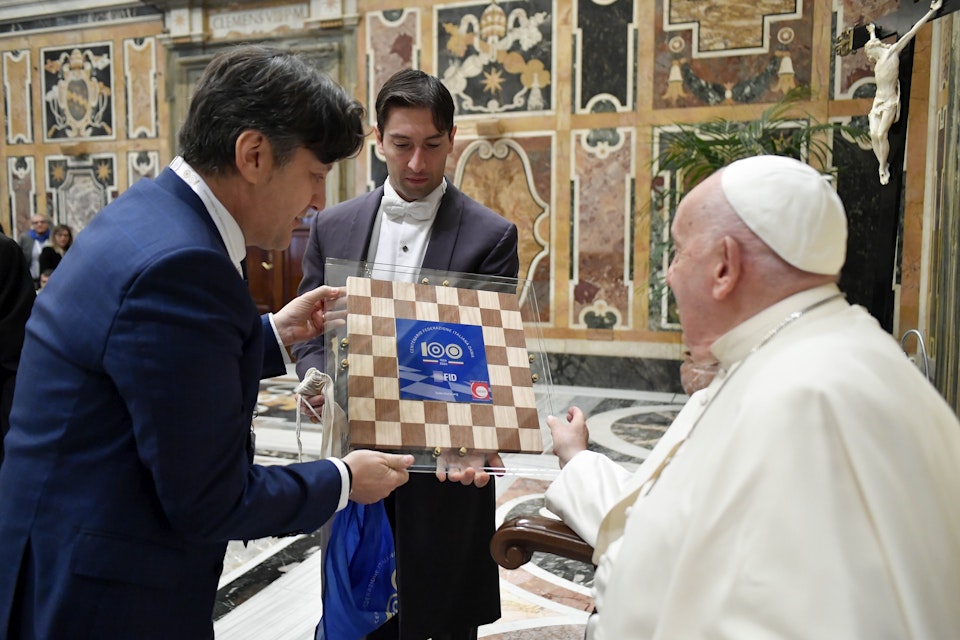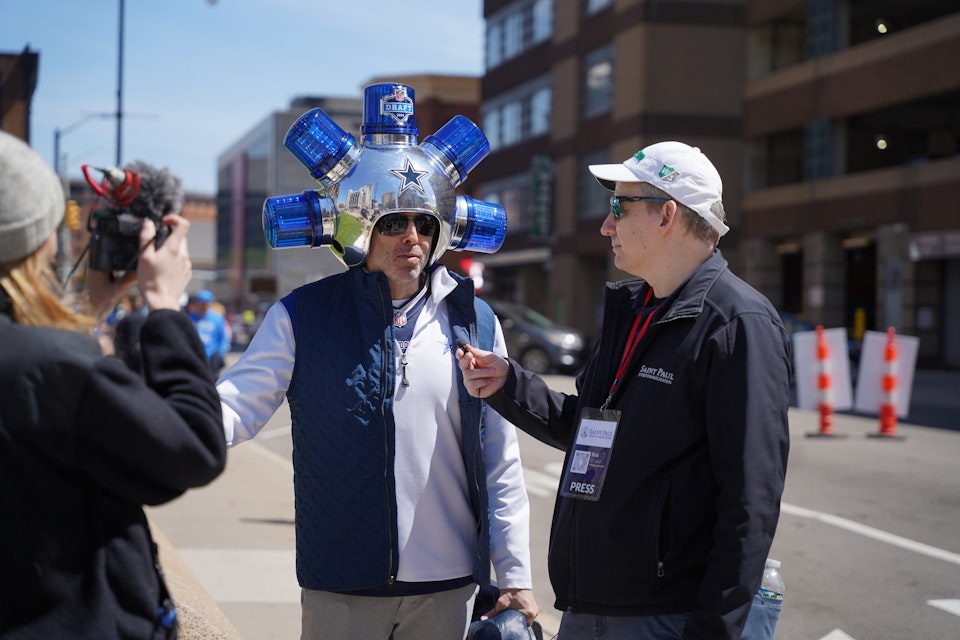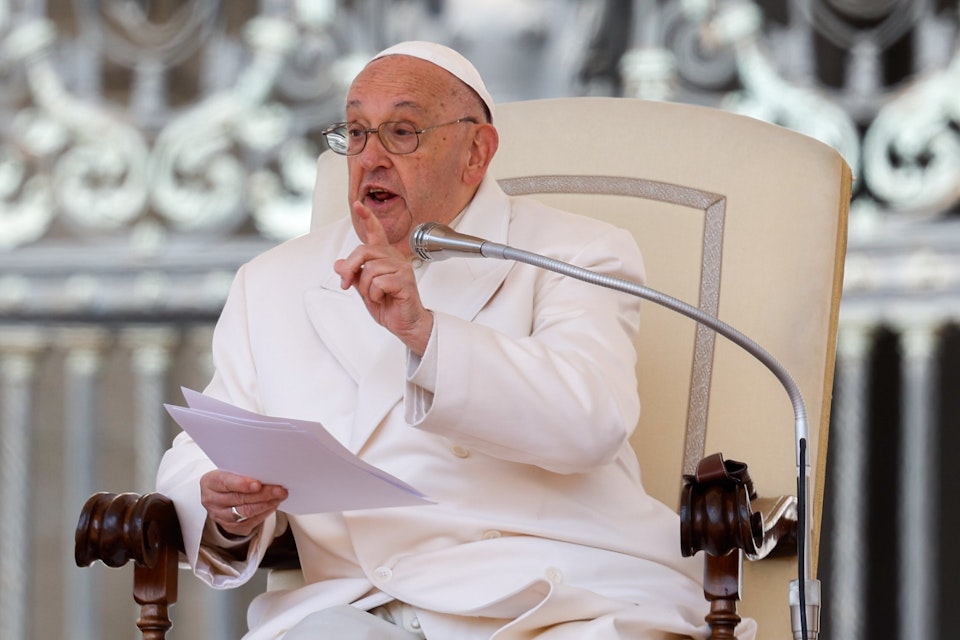Hispanic Catholic tradition celebrates Our Lady of Guadalupe's pregnancy with Jesus on her feast day
DETROIT — Before the sun came up, parishioners arose to play music, sing and dance to greet Mary on Wednesday for the feast of Our Lady of Guadalupe.
Catholics packed into Most Holy Redeemer Church in southwest Detroit on Dec. 12 to celebrate Las Mañanitas, a morning devotion to Our Lady of Guadalupe, patroness of the Americas.
The celebration began with a brass band playing Marian hymns down the aisle of the church, approaching the altar adorned with an image of Our Lady of Guadalupe and flags of the various countries of North, Central and South America.
Fr. Tony Blount, SOLT, associate pastor of Most Holy Redeemer Parish, explained it is common in Hispanic cultures to sing “Las Mañanitas,” or an early morning song to someone on their birthday. For the feast of Our Lady of Guadalupe, who appeared in Mexico to St. Juan Diego in 1531, the tradition is for the community to wake early in the morning and sing praises to Mary.
“Around 4 or 5 a.m., you would have people coming into the church to sing to our Blessed Mother, as if it was her birthday,” Fr. Blount told Detroit Catholic. “They have so much love for her, for her coming to them and bringing Christ.”


Our Lady of Guadalupe appeared before St. Juan Diego on Tepeyac Hill in Mexico in 1531, appearing as a woman clothed in a blue-green cerulean mantle, emblazoned with stars and standing on a crescent moon. She was wearing a black chord around her waist to indicate she is pregnant with Jesus.
Fr. Blount said Our Lady of Guadalupe is a primary reason for the conversion of the Americas — particularly Mexico — as the Virgin Mary took on the appearance and customs of the ancient Aztec culture to win over the people of Mexico.
“You can say in a certain sense, this is like Christmas for the Mexican people,” Fr. Blount said. “Christmas in that Christ came to us. Christ came to the people of this continent when Our Blessed Mother came to Tepeyac in 1531. So in a certain sense, this is Christmas, because the Blessed Mother in the image is about to give birth. This apparition defines the Mexican people as sons and daughters of Christ. Their very identity is caught up with Our Blessed Mother.”
During Mañanitas, singers and bands faced the altar with picture of Our Lady of Guadalupe, singing her praises.
Those gathered performed traditional Mexican dances associated with Marian devotion. A dance at the end of the devotion featured “Danza Concheros,” with performers dancing in traditional Aztec regalia as a way of expressing devotion to Christ and Mary.

Fr. Blount said the dancers were from the parish’s Retrouvaille ministry, made up of husbands and wives who were part of a program and retreat to strengthen their marriages through the intercession of the Blessed Virgin Mary.
“Everyone dancing at the end was someone who has struggled with their marriage,” Fr. Blount said. “So they went on a retreat through Retrouvaille, and they actually started a movement in the parish. So they were giving thanks for their marriages being saved by God. They have conquered something through God’s help. Everyone in the dance, including their children who are also involved, were giving thanks for all God has done for them.”
“Everyone dancing at the end was someone who has struggled with their marriage,” Fr. Blount said. “They were giving thanks for their marriages being saved by God. They have conquered something through God’s help. Everyone in the dance, including their children who are also involved, were giving thanks for all God has done for them.”
Most Holy Redeemer parishioner Cinta Mora said the morning celebration is a chance to give praise to Mary and renew her devotion to the Blessed Mother, which was instilled in her by her parents.
“I’ve been coming here since I was a little girl; it’s what my parents taught me,” Mora said. “I look up to her (Our Lady of Guadalupe) a lot while praying. I know by asking her, she will help me out. She is the mother of Jesus, so when you ask God for something, she intercedes, because she is your mother also.”
The Mañanitas devotions incorporate Catholic worship with ancient Aztec dance and Mexican music, creating a unique way to give praise to God.
Fr. Blount said the interweaving of Mexican and Aztec culture into Las Mañanitas and Marian devotion is something you see in the Catholic Church all across the world.

“The Gospel transcends every culture,” Fr. Blunt said. “Only the Gospel, the incarnation of our Lord, can affect every culture through popular devotions. It is really amazing how it all works, how God is working through people to express their love and devotion and faith. It’s like nothing else on Earth.
“The Gospel has this effect on every culture where it is transformed — but not destroyed — by the Gospel,” Fr. Blount said. “The culture is uplifted, purified, made anew by these devotions and integrations. That’s the beauty of Catholicism.”
As the Church prepares to celebrate the birth of Jesus, Mora added it’s only right to celebrate Our Lady of Guadalupe, a Marian devotion in which Mary is always depicted with child.
“If it wasn’t for Mary and her accepting to have Jesus, we wouldn’t have Christmas,” Mora said. “We’re celebrating the fact she is pregnant, and we will soon celebrate her giving birth to Jesus. That is why I look forward to coming here; to see all the dancing and music that is our devotion. Teaching our young cousins and sibling our roots and where we come from, and why we’re so devoted.”


